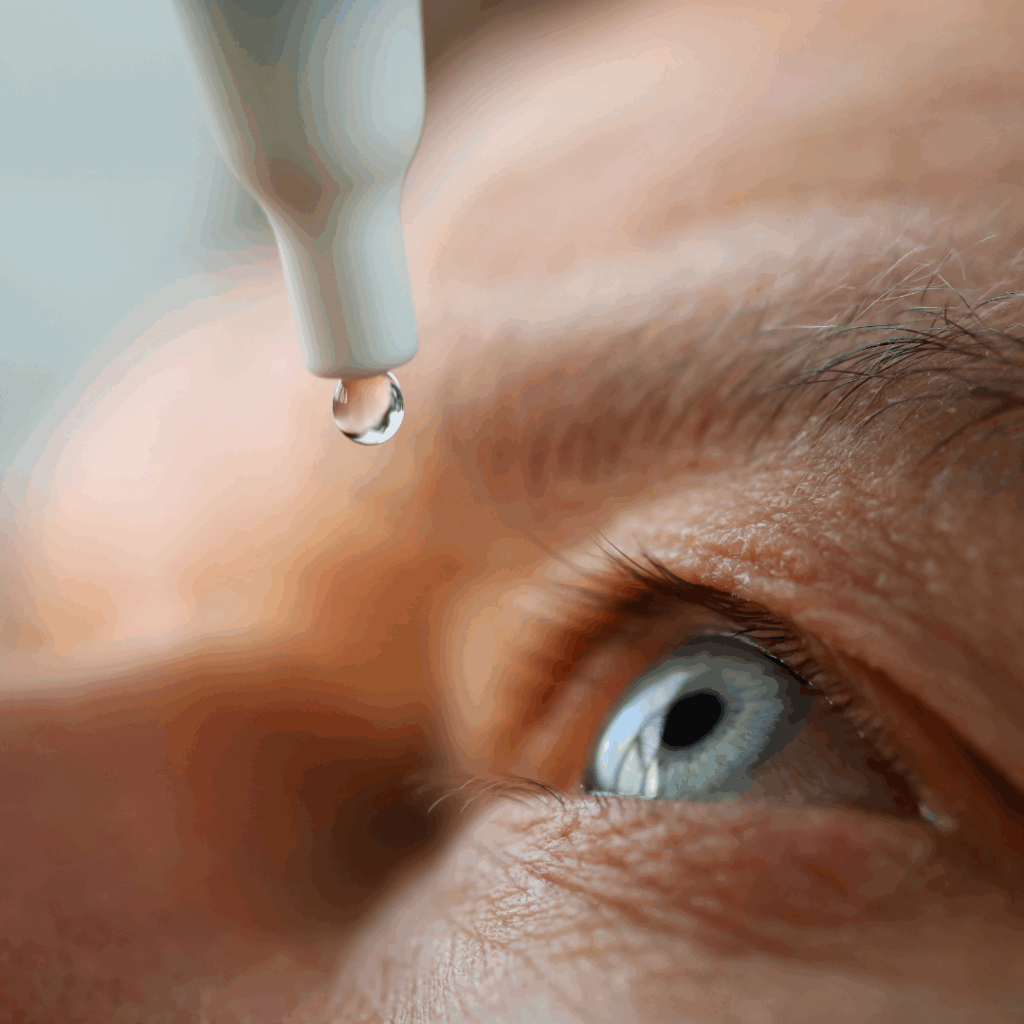Posted by: Carolinas Center for Sight in Dry Eye Treatment, Eye Health
July marks Dry Eye Awareness Month, a time to spotlight a condition that affects millions silently: Dry Eye Syndrome. Whether it’s due to screen time, aging, or health conditions, dry eyes can impact your comfort and even your vision.
Symptoms like burning, grittiness, and watery eyes are more than just irritations—they’re signs that your eyes aren’t producing or maintaining enough quality tears.

This month let’s raise awareness about treatment options—from artificial tears to in-office procedures—and encourages everyone to seek proper eye care. Clear vision starts with comfortable eyes. If you’re dealing with persistent irritation, don’t ignore it—talk to your eye care provider.
Why Dry Eyes Deserve More Affection
In a world that revolves around screens, staying indoors, and living fast-paced lifestyles, it’s easy to ignore eye discomfort—until it starts affecting your daily life. July, recognized as Dry Eye Awareness Month, reminds us of the growing need to prioritize ocular health—especially as Dry Eye Syndrome becomes increasingly common across age groups.
What is Dry Eye Syndrome?
Dry Eye Syndrome occurs when your eyes don’t produce enough tears, or the tears evaporate too quickly. This lack of moisture can lead to inflammation and damage to the eye’s surface if left untreated.
Common Symptoms You Shouldn’t Ignore
- Burning, gritty, or stinging sensation
- Red, irritated, or watery eyes
- Blurry or fluctuating vision
- Light sensitivity
- Discomfort while reading or using screens
What Causes It?
- Prolonged screen use
- Aging, especially post-menopause
- Certain medications or health conditions
- Environmental factors like wind or dry air
- Contact lens wear
How to Manage and Prevent Dry Eyes:
Dry eye treatments are personalized based on severity. Here are common and effective options:
1. Over-the-Counter Artificial Tears
- Great for mild cases or occasional dryness
- Preservative-free drops are often recommended
2. Lifestyle Adjustments
- Follow the 20-20-20 rule: every 20 minutes, look at something 20 feet away for 20 seconds.
- Use a humidifier, avoid direct AC or fan exposure
- Stay hydrated and wear wraparound glasses outdoors
3. Prescription Treatments
- Eye drops like cyclosporine (e.g., Restasis) or Lifitegrast (Xiidra) help reduce inflammation
4. In-Office Procedures
- Punctal plugs: inserted into tear ducts to retain moisture
- Meibomian gland therapy: if oil glands are blocked
- Intense Pulsed Light (IPL) therapy: an advanced option for managing Meibomian Gland Dysfunction
Why Dry Eye Awareness Month Matters
Raising awareness helps individuals identify symptoms early, seek professional care, and avoid complications like corneal damage or vision loss. It also highlights the impact of modern lifestyle on eye health, prompting better habits and more informed conversations between patients and providers.
When to See a Specialist
If you’re frequently experiencing these symptoms, it’s time to consult an eye care professional. Advanced treatments like prescription drops, punctal plugs, or thermal therapies may offer lasting relief.
This July Let’s Prioritize Eye Comfort.
Don’t ignore the signs—your vision health matters every month, but especially this one. Book an eye exam today and take the first step toward clearer, more comfortable sight.